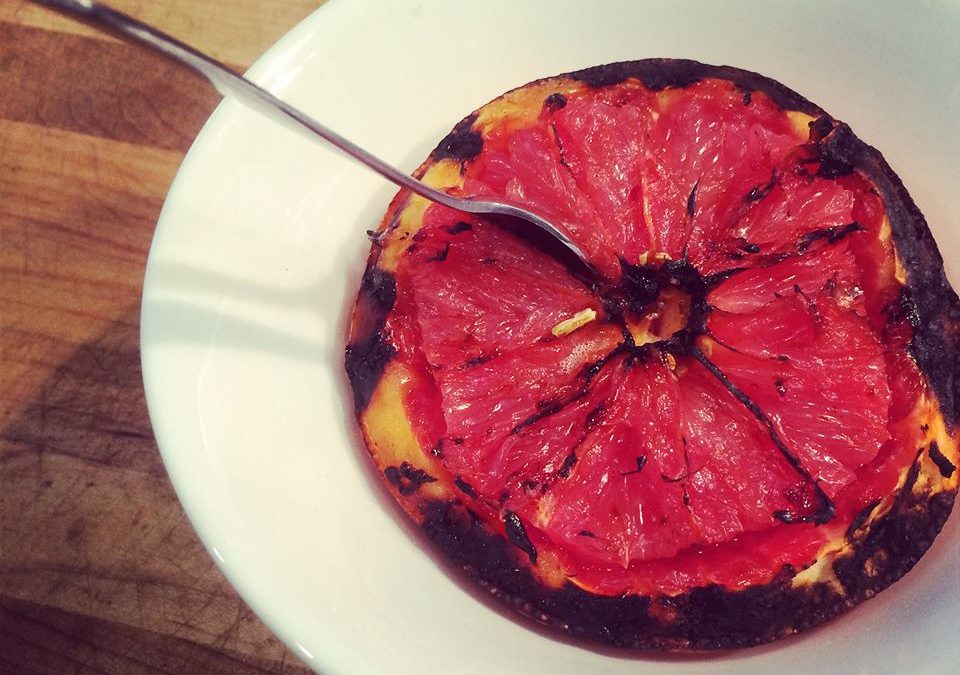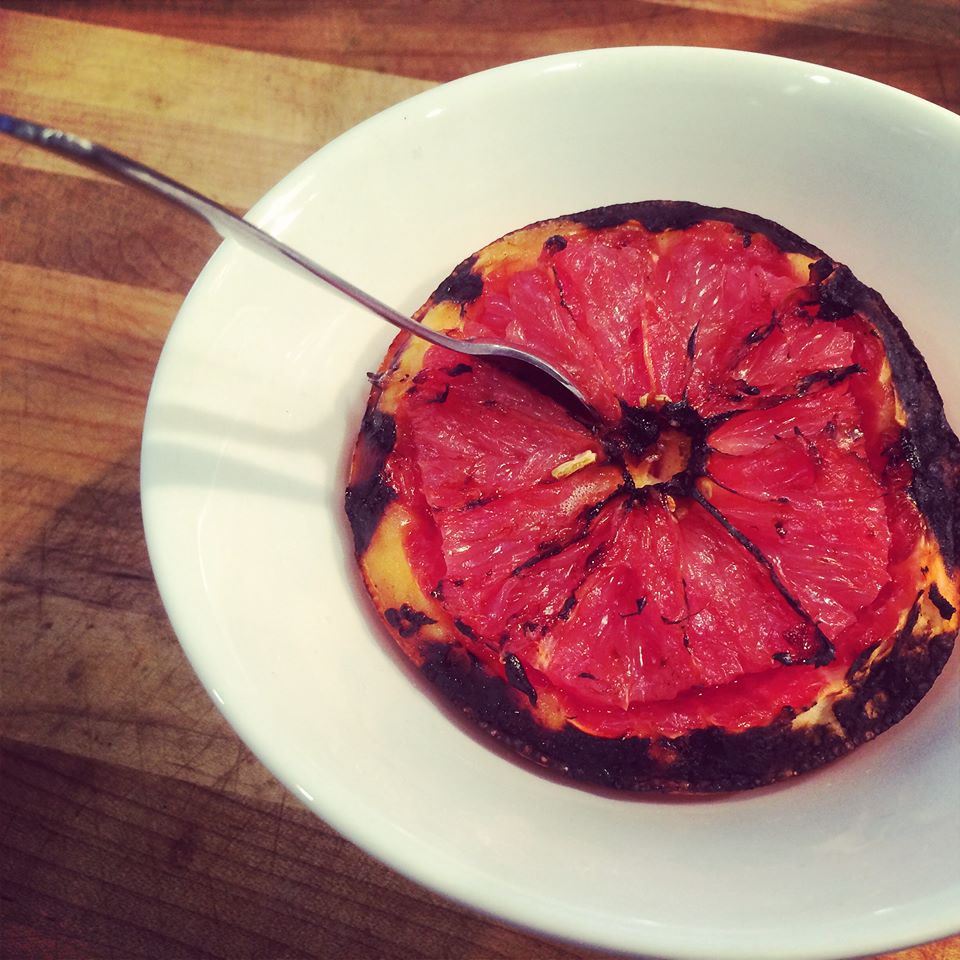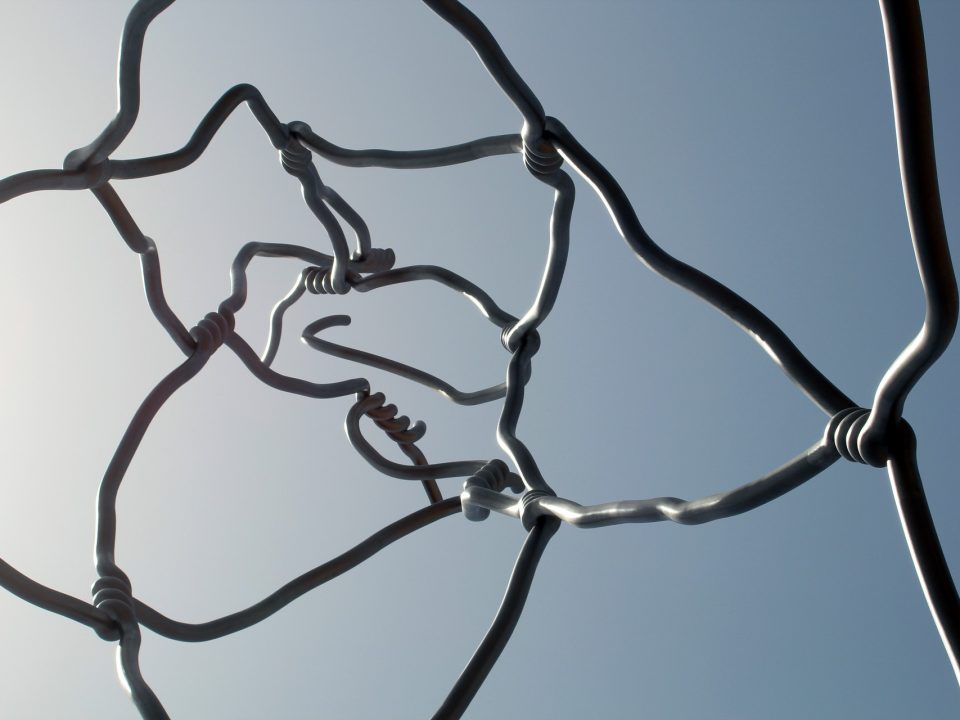Holding the Tip At a Fishtown Restaurant

For American diners, adding a tip at the end of a sit-down meal is as common as can be. Whether you tip 15% or 20% – hopefully not less – the expectation of a gratuity is omnipresent when it comes to dining in the U.S. Of course this isn’t the case all over the world. Other nations (France, Canada) don’t “do” tipping, mostly because they pay their servers and employees a much higher wage. While the minimum wage in the United States is sitting at $7.25 per hour and has been steadily increasing for the last few years, the government-mandated hourly rate for tipped employees is a measly $2.13 per hour – and it hasn’t increased in twenty-five years.

Charred grapefruit is just one breakfast option at Girard.
With a big push from hospitality industry employees to receive better working benefits (healthcare, a higher wage, paid sick leave) and the government having done nothing so far to change them, some restaurant owners are taking a progressive approach and confronting the issue differently.
One of these innovators is Brian Oliveira, the co-owner of Girard Brasserie and Bruncherie in Fishtown. Girard is developing a fast reputation for delicious fare and a cozy dining environment, but its name is out for a whole different reason. To wit: notes on the menu state that tipping is not necessary. Servers at Girard make $13 per hour and are offered sick leave, vacation time, and health insurance. The prix fixe dishes are a bit more expensive than the norm, starting at a little over thirty dollars and ranging upwards. On the other hand, the lack of a tip means that, for many customers, the end cost of the meal is no more than they would have paid with gratuity.
Oliveira acknowledges that scheduling and paying employees under the innovative model is no walk in the park, but he also notes that about half of all customers opt to leave a tip (equal to five or ten percent) anyway, to compensate for a job well done. It will be interesting to see if this business model picks up anywhere else.



